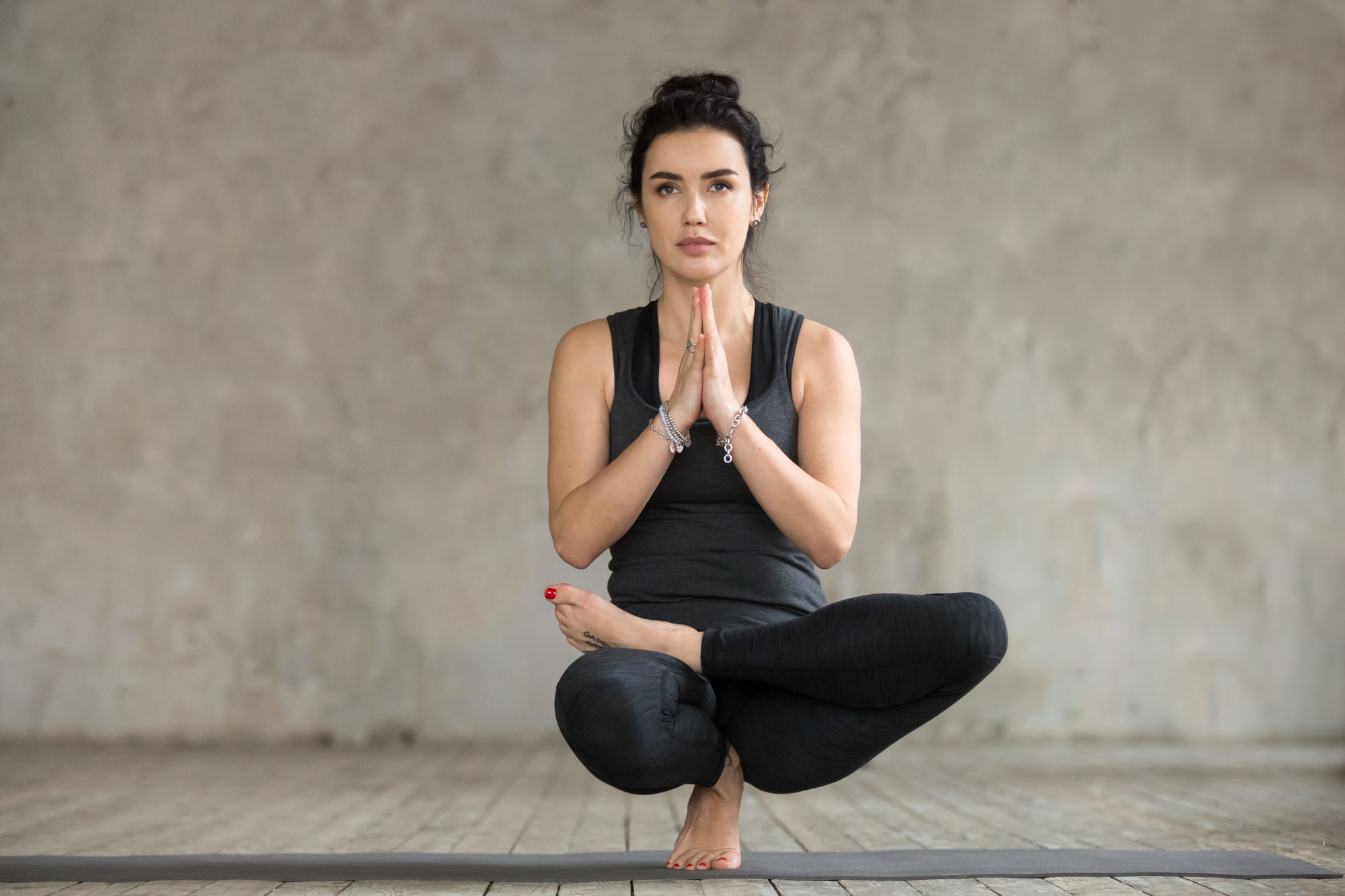Yoga is good for both your physical and mental health in many ways. Yoga is good for health because it encourages people to exercise and eat well. It improves sleep quality, lowers stress levels, and encourages people to drink less and smoke less.
Health benefits of yoga
Lessening Stress
Practicing yoga regularly may help you deal with stress and relax. People often do yoga to help them relax and deal with stress. Experts are now trying to figure out how yoga works to reduce stress. Stress hormones like adrenaline and cortisol that stay in the body for a long time may damage blood vessels and raise blood pressure. Yoga lowers cortisol and how stressed you feel. It also lowers pro-inflammatory cytokines, which cause inflammation.
Reducing Anxiety
Even though most people think they feel anxious sometimes, stress is a sign of several different conditions, including post-traumatic stress disorder (PTSD), such as panic disorder, social anxiety disorders and phobias. Anxiety was lessened when people did Hatha yoga.
People with the most stress at the start of their studies also benefited the most from yoga. Gamma-aminobutyric acid, an important brain chemical, makes yoga better for mood and anxiety than walking (GABA).
Managing Depression
Yoga can support people with depression, pregnant women who have given birth, and people who watch for others who are sad feel better. Depression symptoms got better after 2 months of Sudarshan Kriya yoga, but there were no changes in the control group. Yoga may help people with depression feel better by lowering cortisol or the stress response.
Reducing Lower Back Pain
If you have pain in your lower back, yoga may help more than physical therapy. Around 80% of adults will have lower back pain at some point in their lives, making it hard to do daily tasks, exercise, and sleep. Yoga could be a comfortable and cheap way to help you feel better.
Veterans and people in the military who are still serving often have more chronic pain than the stay of the population, particularly in the lower back. Veterans who participated in a 12-week yoga program had better disability and pain intensity scores and used fewer opioids.
Improving the Quality of Life When Sick
Many people use yoga in addition to traditional medical treatments to improve their quality of life. Yoga makes people’s lives better in the following ways:
- Attending a yoga session during radiation therapy for prostate cancer may make you feel less tired and improve your sexual and urinary function.
- Stroke: Even if someone starts doing yoga six months or more after a stroke, it helps with their balance and motor skills.
- Ulcerative colitis: Patients with ulcerative colitis have a better quality of life when they do yoga. It even stops colitis from getting worse.
- Individuals suffering from rheumatoid arthritis may feel better physically and mentally if they take an intensive yoga course. It may also reduce inflammation.
improving brain function
Several studies show that yoga makes the brain work better and gives you more energy. Hatha yoga helped people feel better and made their brains work better. Executive functions are the things your brain does to help you reach your goals and control your emotions and habits.
Avoiding heart disease
About 610,000 people die all year in the U.S. because of heart disease. It is still the main reason why people die. Yoga lowers body mass index (BMI), cholesterol, and heart rate, which can lead to heart disease.
Increases flexibility
One of yoga’s first and most general benefits is that it makes you more flexible. Tight hips can put pressure on the knee joints, which can be helped by stretching the fascia and ligaments.
Builds Muscle Strength
Muscles do more than make you look good. They keep diseases like arthritis and back pain from hurting us. It helps older people not fall. And when you do yoga to get stronger, you also get more flexible.
Prevents cartilage and joint breakdown
By squeezing and dousing areas of cartilaginous that aren’t used often, yoga can help prevent or lessen the effects of degenerative arthritis. Joint cartilage is like a sponge; it can only hold new nutrients when its liquid is squeezed out, and a new provider can be absorbed.
Protects the spine
You can keep your discs flexible with a well-balanced asana practice that includes many backbends, forward curves, and twists. Yoga has numerous benefits, but the most important ones for spinal health is that it makes you more flexible over time.
Boosts bone health
Weight-bearing exercise makes bones stronger and helps keep osteoporosis at bay. In a lot of yoga poses, you have to lift your body. Downward- and Upward-Facing Dogs help strengthen the bones in the arms, which are prone to breaking because of osteoporosis.
Drains lymph and boosts immunity
You improve lymph drainage when you move in and out of yoga poses and contract and stretch your muscles, stimulate your organs, and move around. It helps the lymphatic system fight off infections, stops cancer cells from growing, and makes cellular products work better.
Boosts Heart Rate
When you keep your heart rate in the aerobic range, you lower your risk of heart attack and get rid of depression. It can get your heart rate to the point where you can do aerobics. But even yoga moves that don’t get your heart rate that high can help your heart and lungs get stronger. Yoga lowers the resting heart rate, improves stamina, and can help you take in the most oxygen during exercise, which are signs of improved aerobic activity.
Conclusion In general, yoga is a reliable method to get more exercise. It may also be good for your health if you do it under the supervision of a trained teacher to avoid getting hurt.
